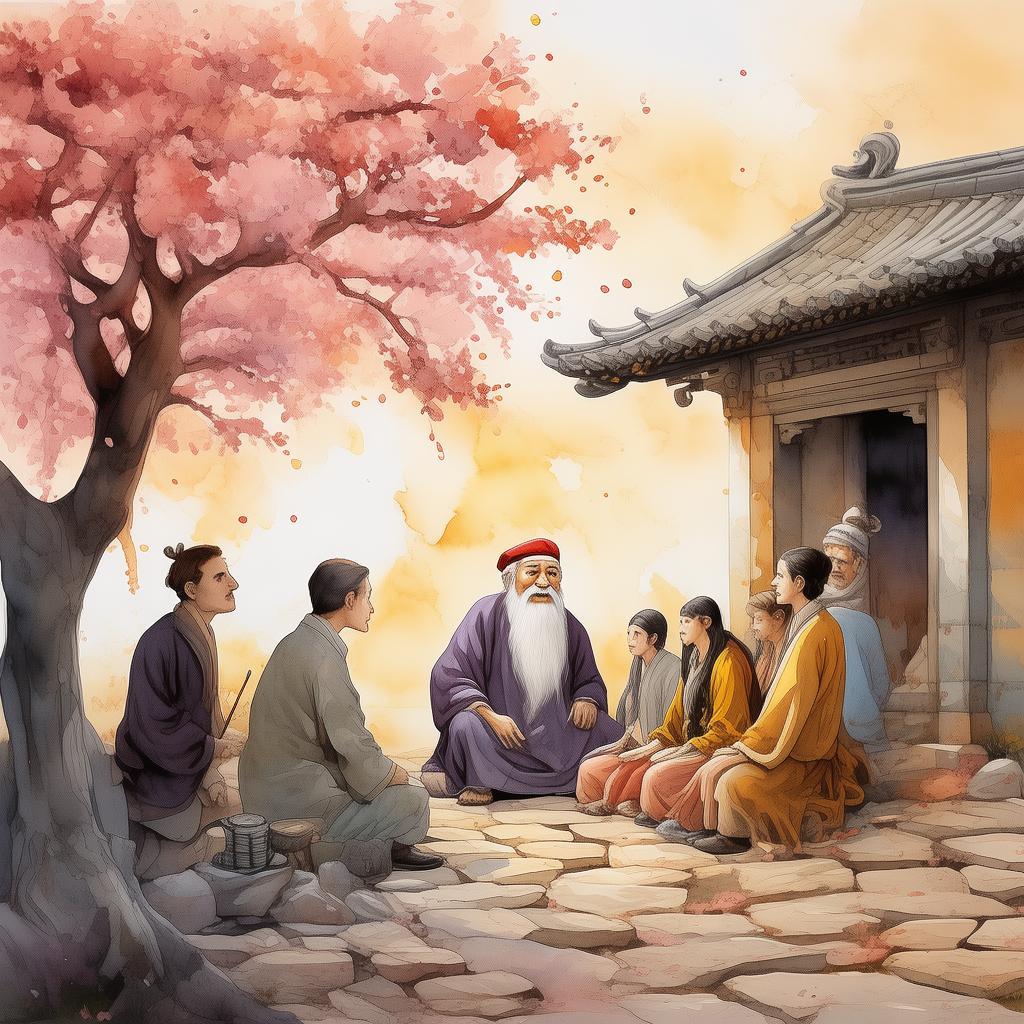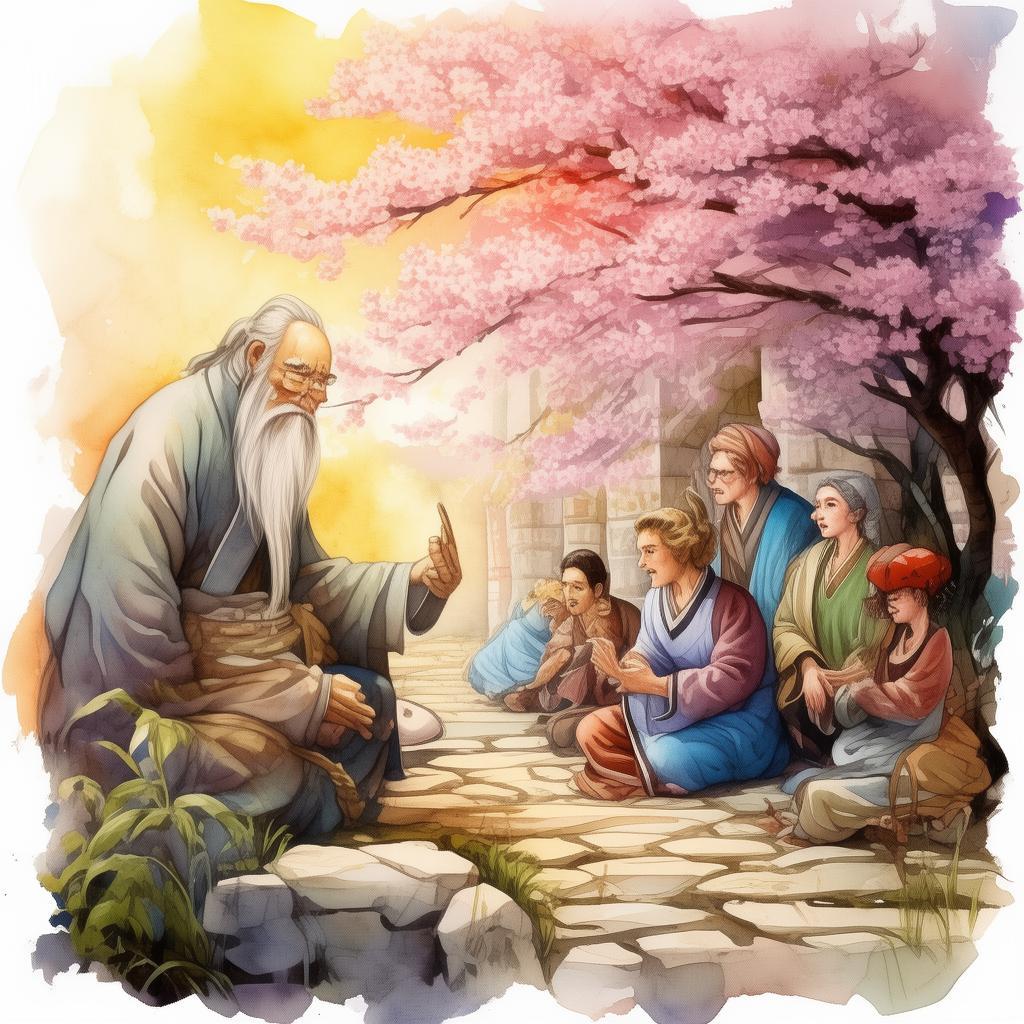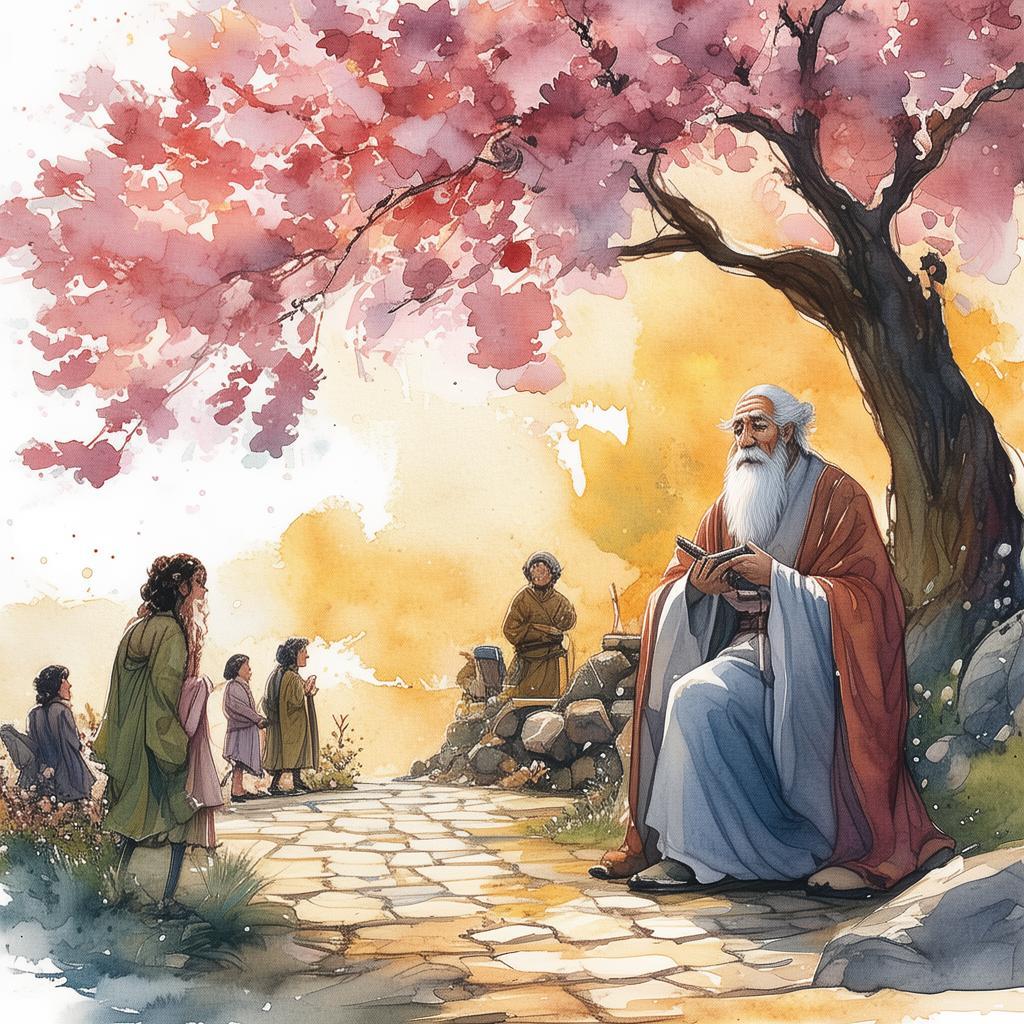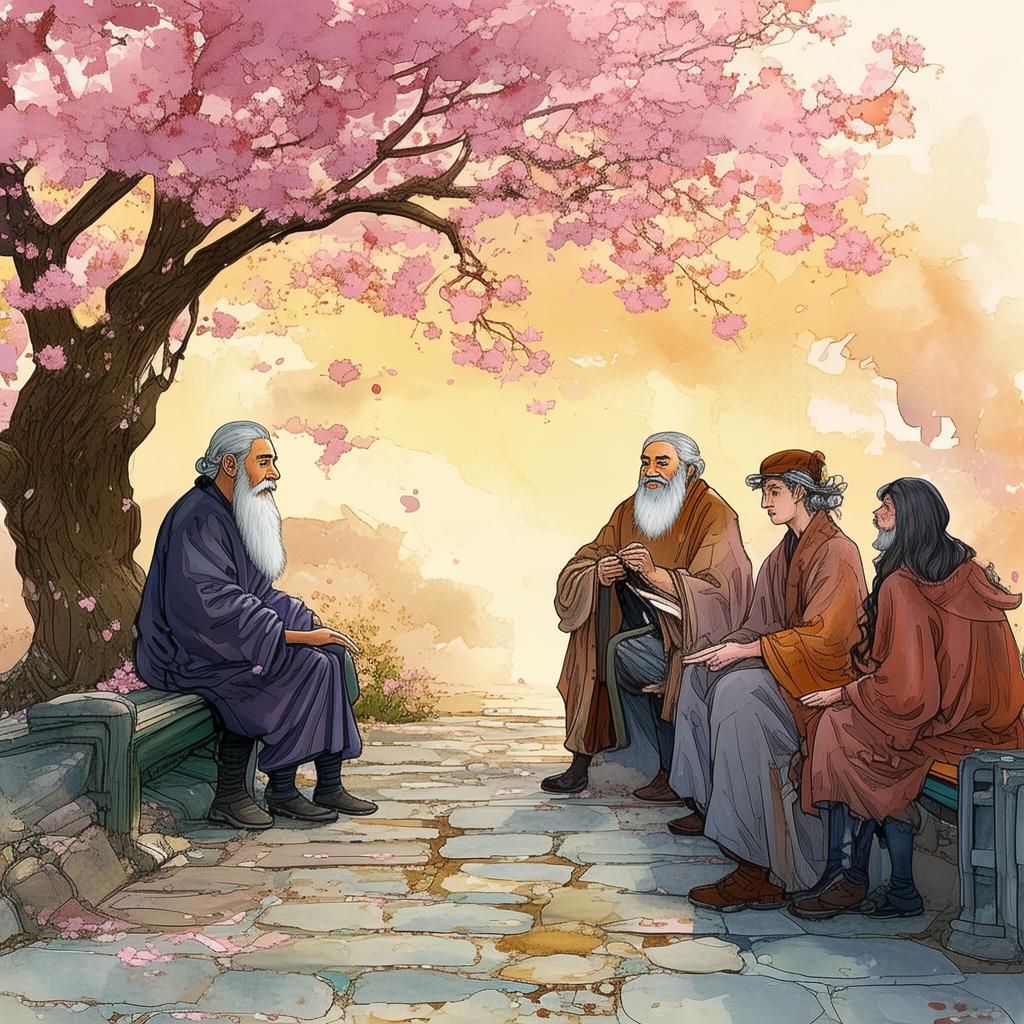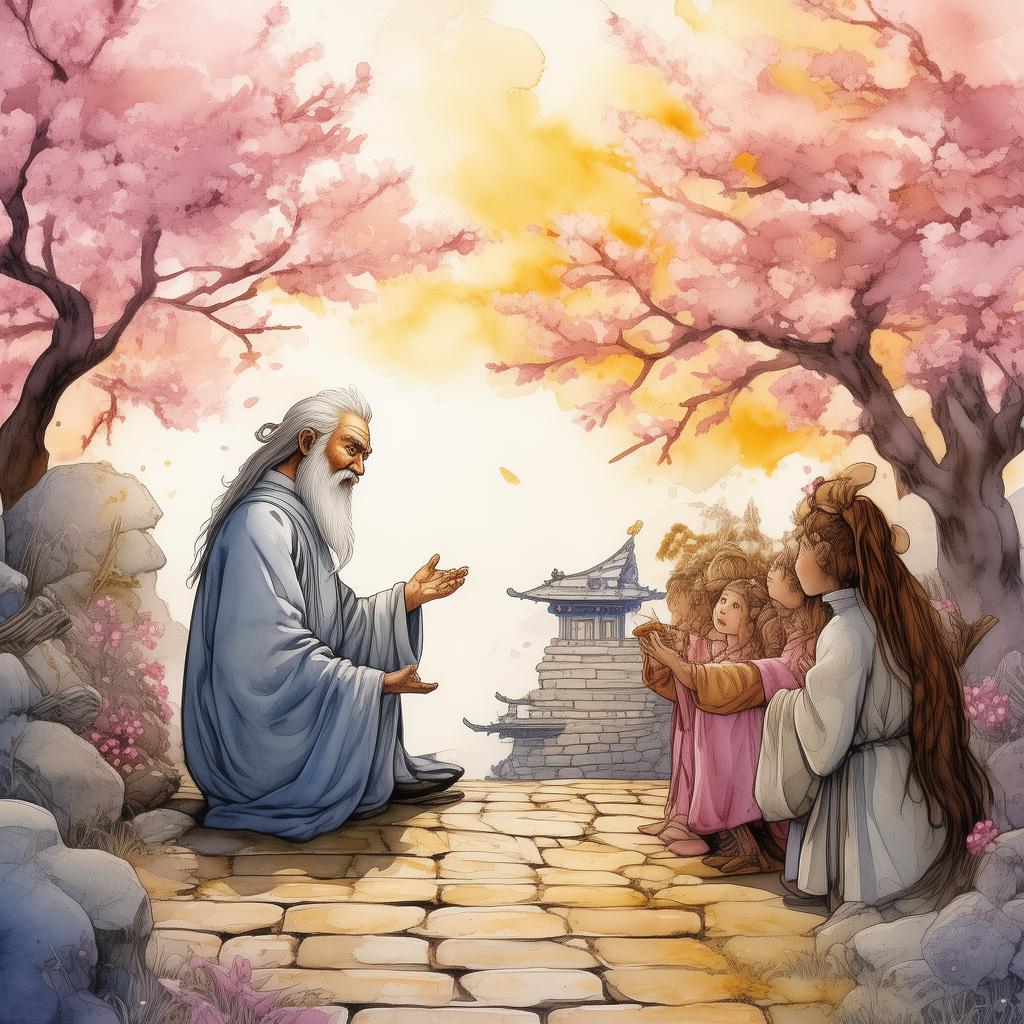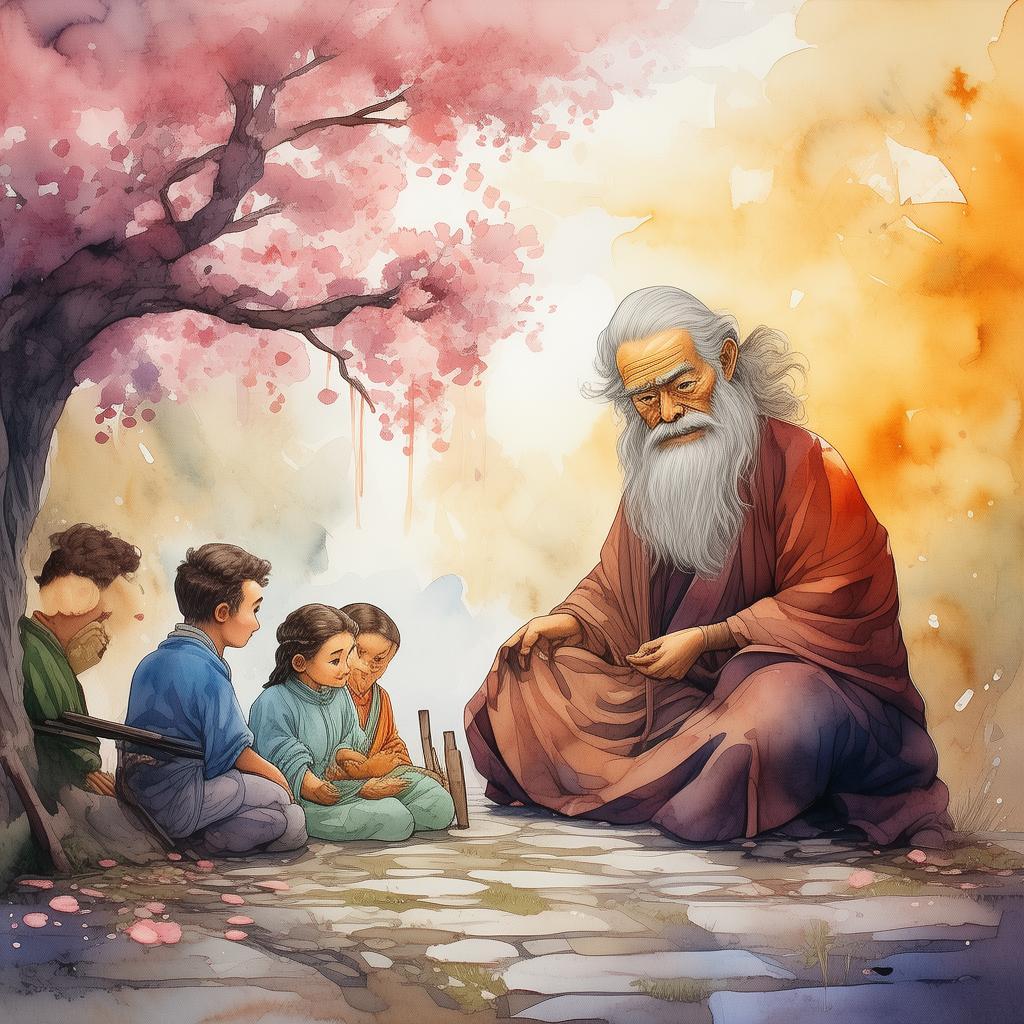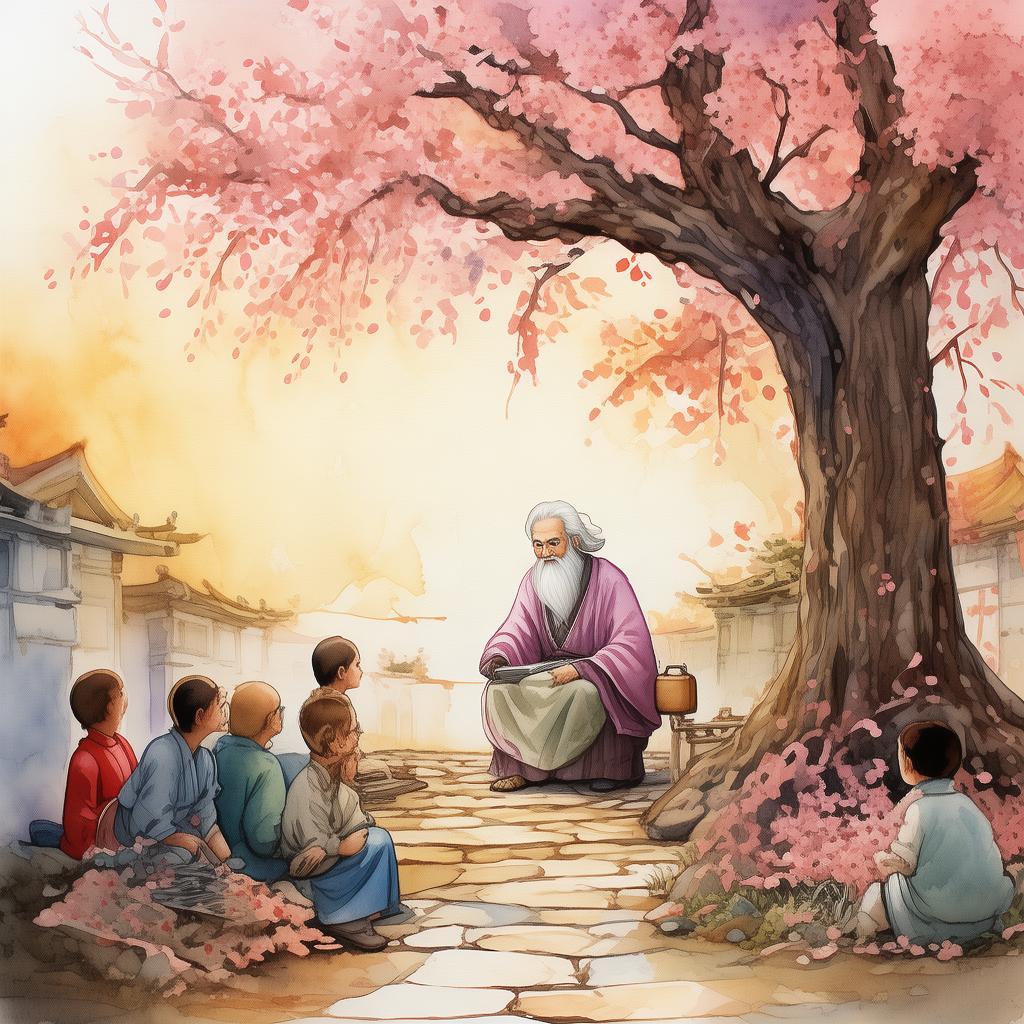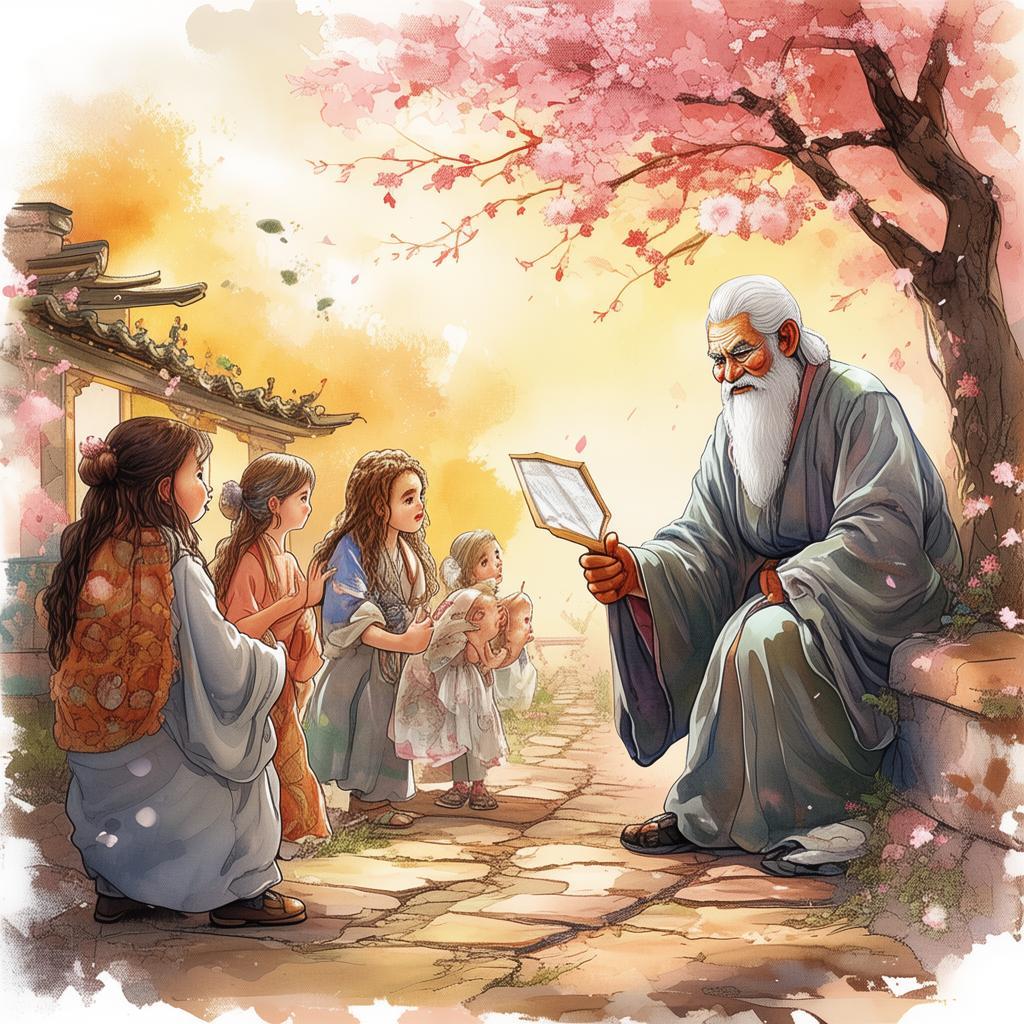The Unwed Artist's Passion: The Forbidden Canvas
In the vibrant and tumultuous era of the Renaissance, a young artist named Isabella found herself caught in a web of forbidden passion. Her talent was as fiery as her spirit, and her passion for painting was matched only by her love for an enigmatic sculptor named Matteo. The two were inseparable, their souls intertwined by a shared love for the arts, but their union was forbidden by society's strict codes of conduct.
Isabella was the daughter of a wealthy merchant, while Matteo was a humble artisan whose origins were shrouded in mystery. Despite the disparity in their backgrounds, their love was as consuming as the colors they used on their canvases. The couple's forbidden romance was a whispered secret among the townsfolk, a flame that dared to challenge the norms of their time.
Isabella's father, a man of high social standing, was appalled by the prospect of his daughter's union with an artisan. He saw Matteo as a threat to his family's reputation and a barrier to his daughter's future. The elder Isabella was determined to arrange a suitable marriage for his daughter, one that would elevate the family's status and secure her future.
Matteo, however, was a man of fierce determination. He believed that art was a form of freedom, a canvas upon which one could paint their soul without constraint. His sculptures were a testament to his passion, but his greatest masterpiece was the love he shared with Isabella. The two artists sought refuge in their shared passion, using their talents to express their forbidden love.
One day, Isabella's father discovered a portrait of Matteo in her studio, a painting that revealed the depth of their love. Enraged, he demanded that Isabella destroy the artwork, declaring it a stain upon the family's honor. But Isabella refused. She believed that her art was an extension of her soul, and the painting was a testament to her love for Matteo.

The conflict between her love and her family's expectations reached a boiling point. Isabella's father threatened to disown her if she did not comply with his wishes. Desperate to save their love, Matteo proposed a plan. He would create a sculpture that would silence her father's objections and prove the purity of their love.
The sculpture, a life-sized statue of Isabella, was to be unveiled at the annual art fair. It was a masterpiece, capturing Isabella's essence, her beauty, and her spirit. But as the day of the unveiling approached, a series of unexpected events threatened to shatter their dreams.
A rival artist, envious of Matteo's success and Isabella's talent, plotted to sabotage the sculpture. He convinced Isabella's father that the sculpture was a work of the devil, a corruption of the sacred. The elder Isabella, already suspicious of Matteo's origins, was easily swayed by the accusations.
On the day of the unveiling, as the crowd gathered, the rival artist revealed a letter that he claimed was written by Matteo, confessing to witchcraft and devil worship. The letter was a forgery, but the damage was done. The crowd, influenced by the elder Isabella's fury, turned against Matteo and Isabella.
In a moment of despair, Isabella's father confronted Matteo, demanding an explanation. Matteo, unable to bear the weight of the accusations, confessed to the forgery, hoping to save Isabella from the wrath of her father. But Isabella knew the truth. She had seen the letter in Matteo's hands and had suspected his innocence all along.
With her father's wrath now unleashed, Matteo was forced to flee. He left Isabella behind, his heart broken but his spirit unyielding. Isabella, however, was determined to prove Matteo's innocence and to express their love through their art.
She embarked on a journey to find Matteo, determined to reunite with him and to clear his name. Along the way, she encountered challenges that tested her resolve and her love. Her father's men were relentless in their pursuit, and Isabella was forced to use her wits and her art to survive.
Finally, Isabella found Matteo in a remote village, living as a hermit. The two artists were reunited, and their love was as strong as ever. Isabella painted a portrait of Matteo, capturing his essence and the resilience of their love. The painting became a symbol of their enduring passion, a testament to their love's power to overcome the obstacles of their time.
The elder Isabella, upon seeing the painting, was moved by the depth of her daughter's love and the purity of Matteo's spirit. She realized that her own prejudices had nearly destroyed her daughter's happiness. In a moment of epiphany, she forgave Matteo and allowed Isabella to marry him.
The couple returned to the city, their love celebrated by all. Isabella's father, now a changed man, embraced his daughter's choice and allowed their union to take place. The story of Isabella and Matteo became a legend, a tale of forbidden love and the power of art to transcend societal boundaries.
Isabella and Matteo continued to create together, their love and their art inspiring others to break free from the constraints of their time. The Renaissance was a time of rebirth, and Isabella and Matteo were its living embodiment, proving that love and passion could indeed conquer all.
✨ Original Statement ✨
All articles published on this website (including but not limited to text, images, videos, and other content) are original or authorized for reposting and are protected by relevant laws. Without the explicit written permission of this website, no individual or organization may copy, modify, repost, or use the content for commercial purposes.
If you need to quote or cooperate, please contact this site for authorization. We reserve the right to pursue legal responsibility for any unauthorized use.
Hereby declared.

